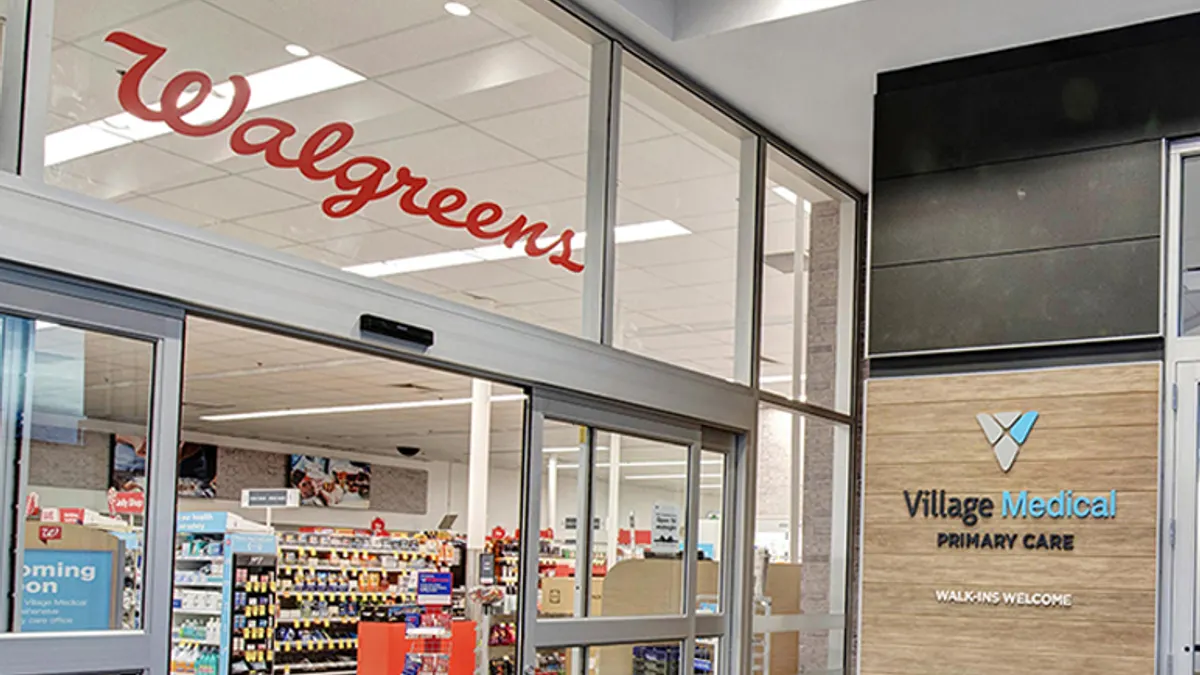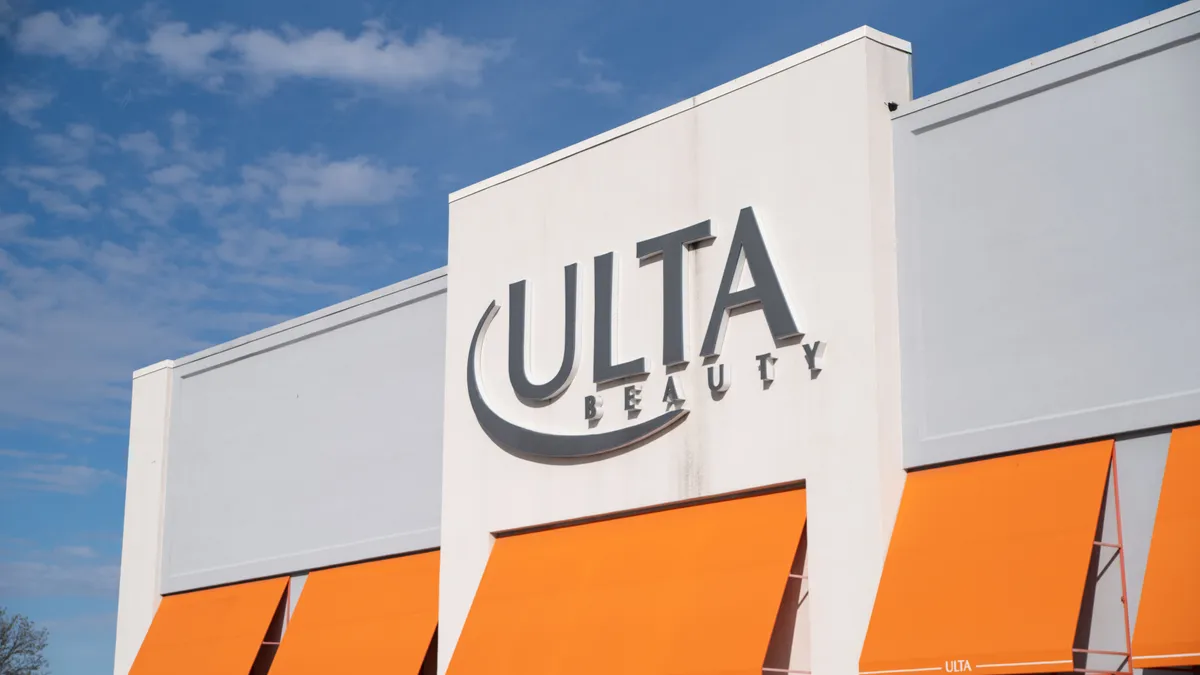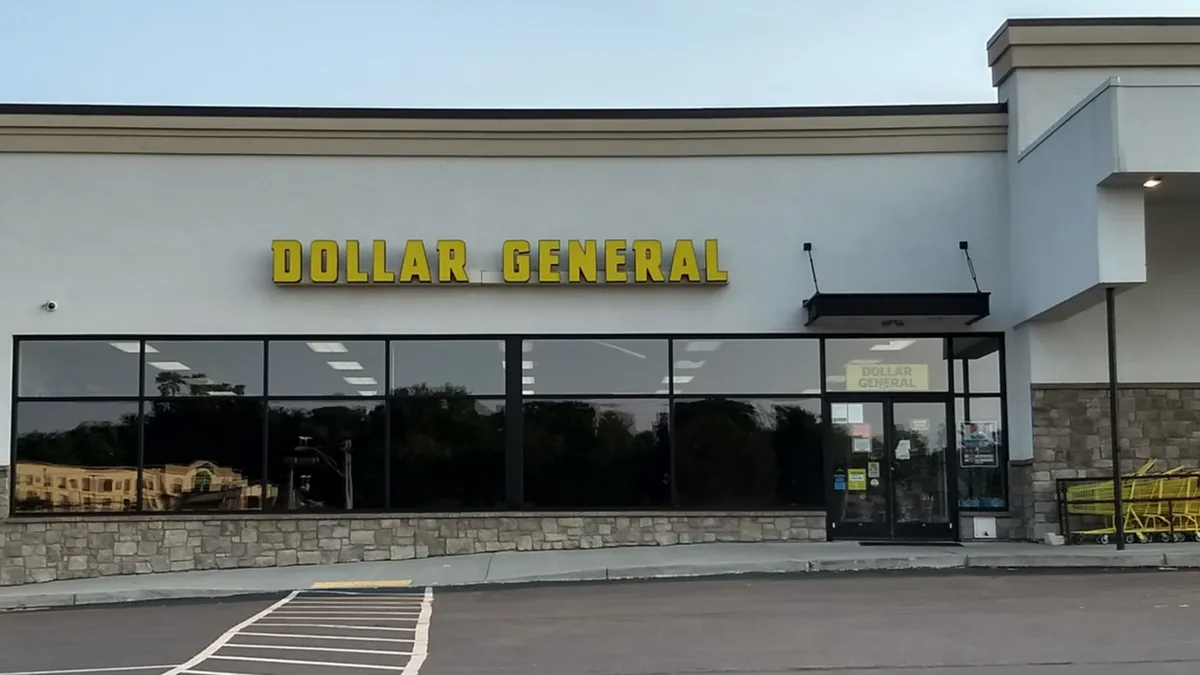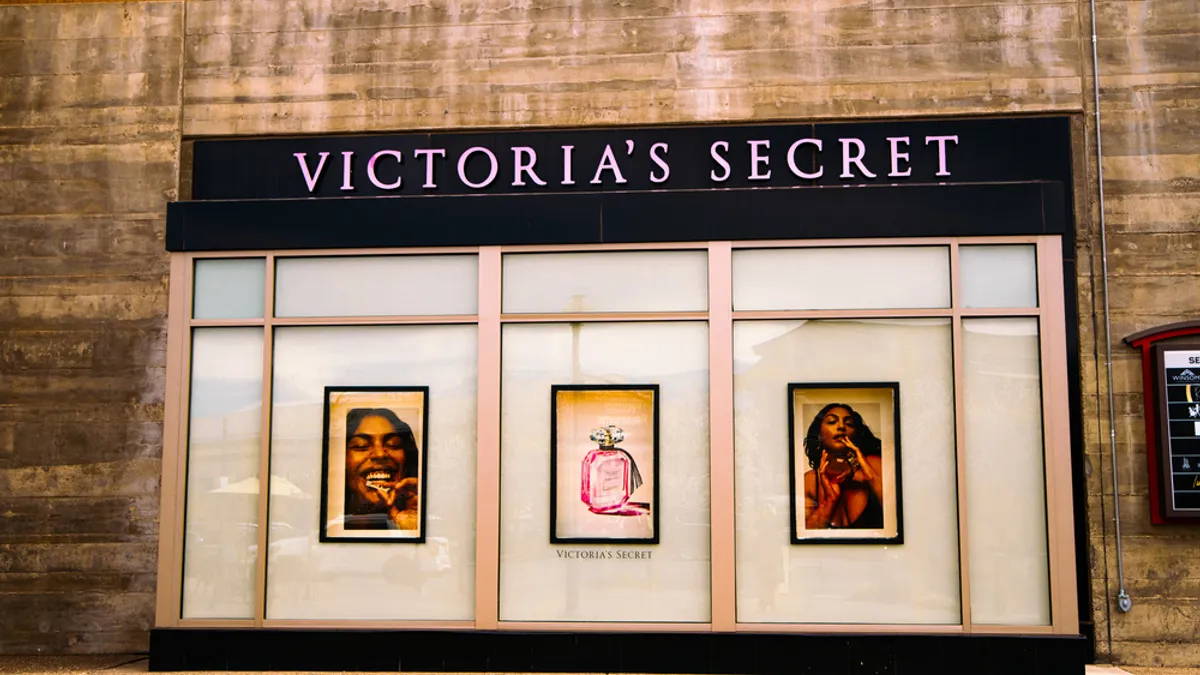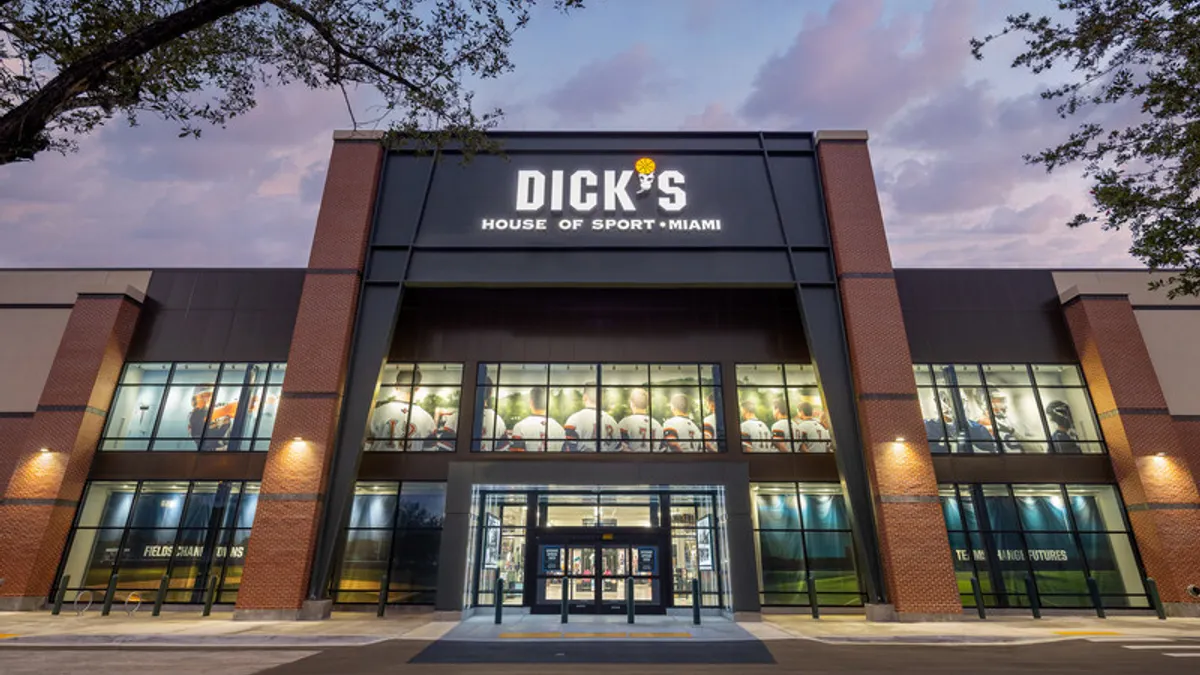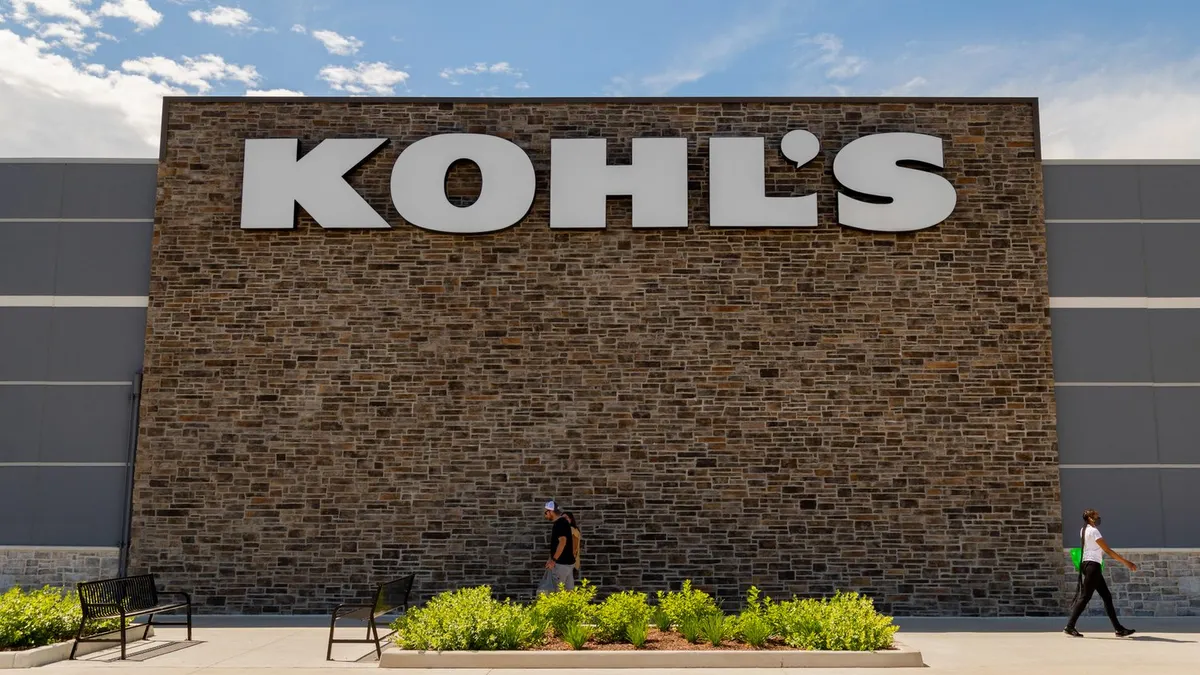The intensifying struggles of the last remaining national U.S. bookstore chain indicate a hard truth: big-box book selling may be over.
Sure, Amazon can be blamed in part — the ease of browsing titles and buying online (nearly always at a discount) then having items shipped directly to one's door for free is a convenience play that's hard for consumers to pass up. But the rise of e-commerce and e-books aren't the only reasons Barnes & Noble has been spinning its wheels on a turnaround plan. Consistently declining sales may have more to do with an inability to remake itself in a different era of retail — and a lack of stable leadership to guide that transformation.
Over the last five years, four first-time CEOs have walked in — and quickly out — of the chief executive role. Just this summer, the company's most recent CEO, Demos Parneros, was fired for violating the company's conduct code, a claim that he vehemently refuted in a lawsuit recently filed against the company on grounds of defamation and breach of contract. While Parneros' attorney declined to comment for this story, the lawsuit paints a picture of a "financially troubled business" led by an "erratic" founder who plotted his and other former executives' oustings.
But in the eyes of Leonard Riggio, chairman and modern founder of the business (he bought it in the 1970s), the lawsuit is "nothing but a smokescreen in an attempt to extort money from the company," he said in an earnings call earlier this month, pivoting toward his optimism for Barnes & Noble's future. "We have finally stopped the bleeding with respect to our comparable sales decreases and we believe we've developed strong momentum going in a positive direction."
He noted that the company needs to do more than simply cut expenses in order to be not just a viable, but growing business. Consolidated sales in its most recent quarter decreased 6.9% to $795 million, a decline executives were quick to blame on a poorly rolled out buy online, pick up in store service. "Comparable store sales sequentially improved each month throughout the quarter declining 7.8% in May, 6.1% in June and 4.5% in July," CFO Allen Lindstrom said on the call, adding that August comps declined just 0.8% and the company is set up for positive comps over the holidays.
Despite obvious financial and management instabilities, the Barnes & Noble brand is still strong — so strong in fact that a bookseller made a bid for the retailer in the spring, but ultimately withdrew the offer after doing due diligence, Parneros' lawsuit disclosed. A Barnes & Noble spokesperson declined to comment on this story aside from its public statement on Parneros' lawsuit and its recent earnings announcement.
It's unclear exactly why the bookseller ultimately dropped the deal, but executives and some industry insiders still see a path forward for Barnes & Noble. Others say it's on borrowed time.
What happened to Barnes & Noble?
From the 1970s into the turn of the century, Riggio built store after store until he had created the nation's largest network of massive big-box bookstores. Today, the company still operates 629 locations across all 50 states.
But those sprawling stores have sorely lacked investment, including much-needed downsizing, argue experts like Daniel Raff, associate professor of management in Wharton's business school at the University of Pennsylvania.
"[Borders] got too big, and having stores with leases and all the fixed costs involved in places where the average local customer didn't really value what they were distinctively good at, left [Barnes & Noble] very vulnerable to price competition, very vulnerable to macroeconomic fluctuations," he told Retail Dive in an interview.
But the company did make several strategic moves to insulate itself from the fate of Borders, which liquidated in 2011. "They pretty systematically reorganized their supply chain and the whole distribution operation warehousing, distribution centers, the whole management of the supply chain, which Borders never really got around to doing," Raff said. "That was something they did get right."
"Comparing how America looked in 1980 with how it looks in the 2000s you see a very different picture. Nevermind Amazon. There were bookstores with assortments at least as large as local branch public libraries."

Dan Raff
Professor in Wharton's business school at the University of Pennsylvania.
While the release of e-readers dealt an irreparable blow to Borders, Barnes & Noble invested heavily in The Nook, with hopes it would keep the company relevant amid the rise of Amazon's Kindle. But The Nook has ultimately been a major cost suck that many analysts have advised the company to scrap altogether. Several months ago, the company quietly let go of Chief of Digital Fred Argir, who was tapped by former CEO Ronald Boire to cut costs in that department, and replaced internally by William Wood.
At its core, Barnes & Noble was always a good book merchant but it never really had a shot at taking on Amazon, longtime book industry consultant and CEO of The Idea Logical Company Mike Shatzkin told Retail Dive in an interview.
"[Amazon's] business model was never to make money on the book anyway, the business model was to get the customer through the book," he said. "Barnes & Noble was never going to A, go into the business of embarrassing the stores with the fact that the online price is cheaper; and B, their whole ego and knowledge and everything was what they knew about the book business. They weren't going to use the book business as a stepping stone to become a general interest retailer."
But as Barnes & Noble's financial outlook began to weaken, executives did realize they needed more than just books to win over today's customers. A revolving door of executives brought in new faces and initiatives aimed at reinvigorating the store experience, but dependence on fleeting trends like adult coloring books and the addition of unknown and complicated verticals like restaurants have hurt the business.
"It's a lot harder than you think it is," Riggio said on a recent conference call about its five operational restaurants. "The top line on the restaurant is good. The bottom line is awful."
One of the big problems Shatzkin sees in the future of Barnes & Noble comes down to Riggio's deep expertise in the industry — one that he in many ways created.
"Len Riggio, I don't believe ever has accepted the notion that I started with, which is that you can't grow, that the basic business model of being a book retailer has been seriously undermined," he said. "I'm sure it's frustrating for the CEO and I'm sure it's frustrating for Len Riggio, who I'm sure would like to retire or sell the stock or whatever, but he doesn't want to leave a failure, he wants to leave a success."
But the definition of success may need to change in the eyes of some. "The die is cast," Shatzkin said. "They won't make it bigger."
Other booksellers are thriving
The last decade has presented booksellers with a minefield of market disruptions, which has been especially hard on independent bookstores.
"Comparing how America looked in 1980 with how it looks in the 2000s you see a very different picture," Raff said. "Nevermind Amazon. There were bookstores with assortments at least as large as local branch public libraries. All over the country. Some of them in center cities, but many of them in places that never had decent bookstores before. It was a wonderful thing."
But as big-box chains fade away with the old model of retailing, independents that offer a local and personalized experience are seeing a resurgence, even as they compete against Amazon's impersonal algorithms.
Between 2009 and 2015, the American Booksellers Association reported a 35% growth in the number of independent booksellers, from 1,651 stores to 2,227. The explanation has to do with what Ryan Raffaelli, an assistant professor in business administration at Harvard, refers to as "the three C's" — community, curation and convening. In his research, Raffaelli found that local stores won back customers from big-box chains and Amazon by playing to local values. Further, personalized recommendations in store that spur discovery enhance the customer-store relationship. And finally, events like lectures, book signings and children's story times kept customers coming back.
"Some big-box stores just start to feel stale and old, and the consumer knows that and they don't want to go there."

Joel Silver
Former president of Indigo Books and Music
Keeping experience at the core has helped shelter Canadian book chain Indigo Books and Music from much of the digital disruption faced by others in the industry. The company, which has 85 super stores and 121 small-format stores under various banners, has branded itself as something of a cultural department store, where books play a central role but other mass merchandise categories like toys and gifts are embraced too, Joel Silver, former Indigo President and chief merchant, told Retail Dive in an interview.
"Cross merchandising in the store enabled [Indigo] to sell new products, and it wasn't just folks slapping them up on new shelves, but selling them in an integrated way that also drove the sale of books," said Silver, who was most recently CEO of DavidsTea. "[I]t was always important to us that people wanted to spend time there [in our stores]. We were thinking about that 10 to 15 years ago."
Another thing that has helped Indigo stay relevant in the digital era was its spin off of e-reader Kobo into a separate business from the onset and ultimate sale to Japanese retailer Rakuten in 2011.
The company is now moving into the U.S., slated to open a store at the Short Hills Mall in New Jersey this September. That move has spurred some speculation that it could have been the bookseller that made an offer on Barnes & Noble, although the company has not commented to multiple media outlets.
Silver spent eight years on Indigo's management team, during which he said he learned a lot about what it takes to keep a brick-and-mortar book business relevant today.
"It has to feel good, it's got to be a place you want to be. Some big-box stores just start to feel stale and old and the consumer knows that and they don't want to go there," he said. "They won't stop in if the lines aren't efficient, if it's not a nice place to sit down, if the lighting is crap, if the carpet is ripped and stained. Nobody wants to be in there."
A lot of it comes down to the basic block and tackling of being a good retailer. To Silver, the independents are winning because they've held on to the advantage that Barnes & Noble seems to have lost somewhere along the way — the ability to use neighborhood stores to hand sell books that people didn't even know they wanted.
Can Barnes & Noble make a comeback?
Right now, the company is focused on "healing" and "fixing," Lindstrom said, adding that the search for a new CEO will begin after the company's annual meeting in October. While the search criteria hasn't been made public, industry experts say that experience in books, digital retailing and financial restructuring will all be crucial to the success of that position — and the future of the business.
Convincing the best person for the job to take on such a turnaround will be its own challenge, especially ahead of the critical holiday period.
"The thing to do is to put Barnes & Noble in hospice."

A veteran in the book business
In the upcoming months, the company is focused on specific improvements in toys and games, bargain and gift categories. To drive sales in books, executives are planning local store events to "create excitement," and educational toys and games will be a "critical category" for the holidays.
But Barnes & Noble may have lost its opportunity to radically right the ship, Raff said. "It might be that being a physical bookstore chain on a very large scale just isn't such a promising future," he said. "The real challenge for them is to manage what is going to be in the long term a decline, but that is still a perfectly viable idea with a profitable interim."
Others hold a grimmer outlook. "The only sensible thing to do with Barnes & Noble, is to accept the fact that it will die and take as much cash out as you can over as long a period as you could take cash out," a veteran in the book business told Retail Dive. "The thing to do is to put Barnes & Noble in hospice. And obviously you want to keep it alive as long as you can, you want it to be comfortable, you want them to feel as little pain as possible, but the fact is it's going to die."
A comeback at this stage of the game would indeed be challenging to say the least. What the company needs to do is pay its bills, find new revenue and reduce overlap with Amazon, Forrester Analyst Sucharita Kodali, told Retail Dive in an email. "It's tough," she said. "I don't know that there's an easy solution at this late juncture."






